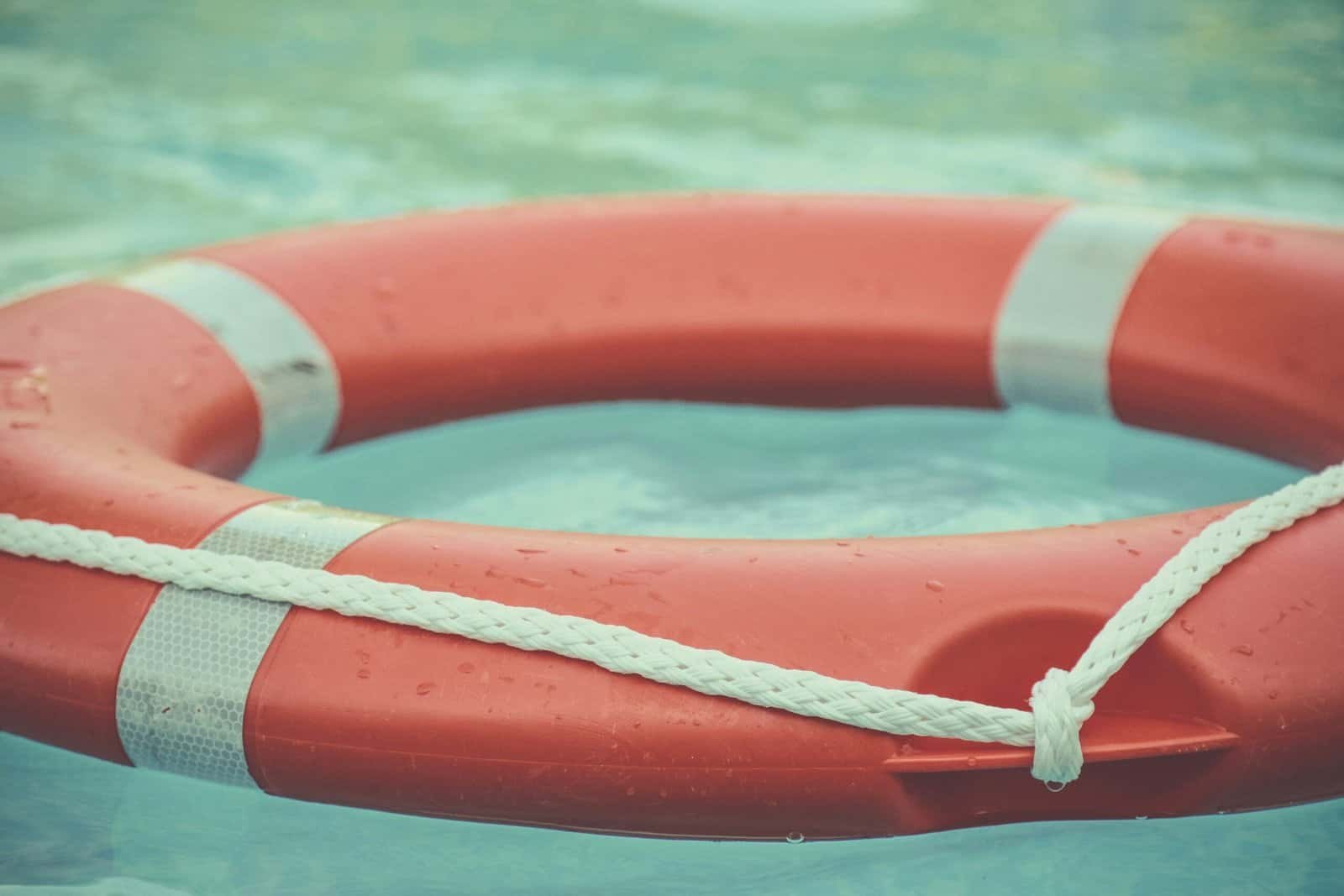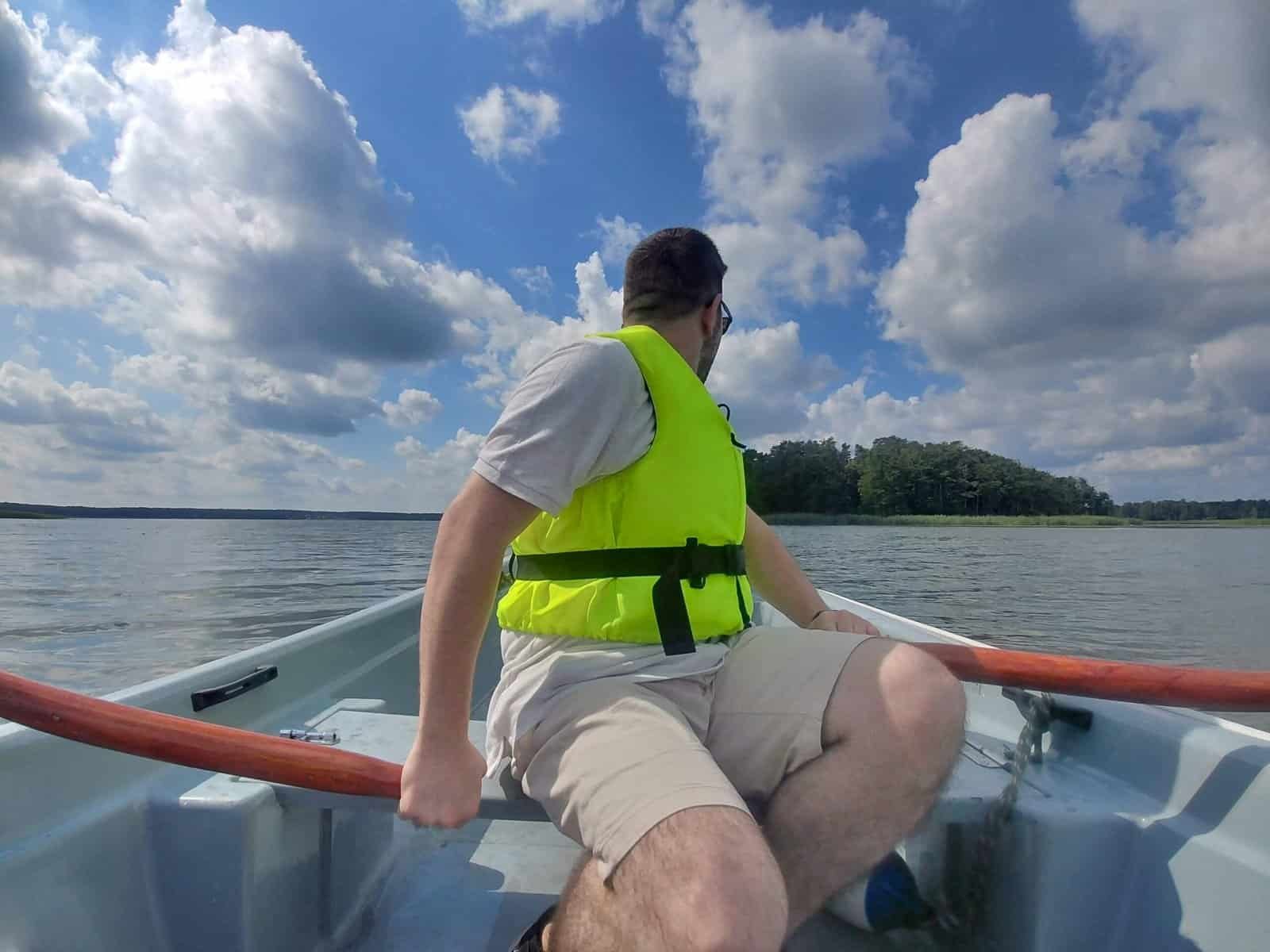Have you ever wondered about the safety risks associated with shared wells? It’s a common concern for those who rely on a well for their household water supply. Understanding the dynamics and potential hazards of sharing a well can be crucial in maintaining the safety and quality of your water.

Understanding Shared Wells
A shared well is a water source that supplies multiple households or properties. This arrangement is often found in rural areas or communities where public water systems are not available. Sharing a well can have its benefits, such as cost savings on drilling and maintenance. However, it also raises questions about responsibility, water quality, and safety.
How Do Shared Wells Work?
When multiple households use the same well, the water is generally pumped from a single aquifer and distributed through individual plumbing systems. This setup requires careful monitoring and maintenance to ensure that all parties receive a consistent and safe water supply. Contracts or agreements often define responsibilities for maintenance, repair, and water testing to prevent disputes and ensure fair use.
The Benefits of Shared Wells
Using a shared well may reduce costs related to drilling and ongoing maintenance because expenses are divided among users. This setup can also be more environmentally friendly by reducing the number of wells tapping into the same aquifer, thereby minimizing the environmental impact.
Potential Challenges
While shared wells have their advantages, they can also present challenges. Coordination among users is essential, and disputes can arise over maintenance responsibilities or water quality concerns. Additionally, individual households may have different water usage patterns, which can affect the overall water availability for everyone involved.
Safety Risks Associated with Shared Wells
Shared wells pose certain risks that need to be carefully managed. Understanding these potential hazards can help you take steps to protect your water supply and ensure its safety.
Contamination Risks
One of the most significant safety concerns with shared wells is the potential for contamination. Shared wells can be more susceptible to pollutants if not properly maintained. Possible contaminants include bacteria, nitrates, chemicals, and heavy metals. Contamination can occur from surface runoff, agricultural activities, septic systems, or industrial facilities.
Testing for Contamination
Regular water testing is crucial to identify and address any potential issues. Testing should cover various contaminants, including bacteria, lead, and nitrates. The frequency of testing may vary based on your location, environmental factors, and the well’s design. It’s essential to work with a certified laboratory to obtain accurate results and expert recommendations.
Minimum Recommended Frequency for Testing
| Type of Testing | Frequency |
|---|---|
| Bacteria | Annually |
| Nitrates | Every 2-3 years |
| Chemical Analysis | Every 3-5 years |
Impact of Weather Events
Weather events, such as heavy rain or snow, can influence the water quality of a shared well. During such events, contaminants can seep into the groundwater, increasing the risk of pollution. Consequently, it’s advisable to test your well water following significant weather changes to ensure it’s still safe for consumption.

Legal and Regulatory Considerations
Your rights and responsibilities regarding a shared well can be influenced by local laws and regulations. Understanding these legal aspects will help you manage your part in the shared well.
Water Rights and Agreements
Water rights determine how you and others can use a shared well. These rights can be complex, depending on state laws and existing agreements. Water usage agreements often outline these rights and responsibilities, covering essential topics such as usage limits, cost-sharing, and dispute resolution.
Regulatory Requirements
Local health departments and environmental agencies may have regulations governing the operation of shared wells. These could include mandatory water testing, well construction standards, and record-keeping. It’s crucial to familiarize yourself with these requirements to ensure compliance and safeguard public health.

Management and Maintenance of Shared Wells
Proper management and maintenance are vital to ensure the safety and reliability of a shared well.
Shared Maintenance Responsibilities
Shared maintenance responsibilities often include tasks such as routine inspections, cleaning, and repairs. Clear communication about these responsibilities can prevent misunderstandings and ensure that the well is adequately maintained.
Tips for Effective Well Management
- Establish a clear agreement outlining maintenance responsibilities and cost-sharing.
- Conduct regular inspections to identify any issues early.
- Set up a schedule for routine cleaning and maintenance tasks, ensuring everyone is aware of planned activities.
- Encourage open communication among users to address any concerns promptly.

Testing Well Water After Heavy Snow or Rain
As previously mentioned, weather events can influence well water safety. Heavy snow or rain can significantly impact your shared well, making timely and thorough testing necessary.
Impact of Precipitation
Heavy precipitation can cause surface runoff to enter the groundwater, introducing various contaminants into the well. Quick action can minimize potential health risks, so it’s prudent to test your well water following such events.
Testing Recommendation
After significant snow or rain, consider the following steps:
- Schedule a Water Test: Arrange for a comprehensive test, focusing on microbial and chemical contaminants.
- Analyze the Results: Work with a certified laboratory to understand the test results and any potential risks.
- Take Corrective Actions: If contaminants are found, address them immediately, possibly through filtration or treatment systems.

Conclusion
Shared wells can be a valuable resource, but they come with particular safety considerations. Understanding these risks and taking proactive measures can help ensure your water remains safe for use. Regular testing, clear communication, and adherence to legal requirements are key components of effective shared well management.
Considering the complexities of shared wells, it’s essential to remain informed and vigilant. By doing so, you can safeguard your water supply and enjoy the benefits of this communal resource.
